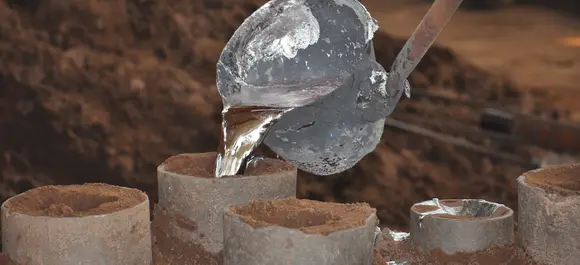Mobile:+86-311-808-126-83
Email:info@ydcastings.com
Design Considerations for Diffuser Pump Casing Efficiency and Performance Optimization
Understanding Diffuser Pump Casings An Essential Component in Pump Design
Diffuser pumps have become integral in various industrial applications due to their efficiency and versatility. At the heart of this technology lies the pump casing, particularly the diffuser pump casing, which plays a critical role in its operation. This article delves into the significance of diffuser pump casings, their design considerations, and their impact on pump performance.
A diffuser pump utilizes a series of stationary diffuser vanes to convert kinetic energy into pressure, which is essential for transporting fluids effectively. The casing of this pump is designed specifically to house these diffusers and facilitate the smooth flow of liquid. The geometry of the casing must be meticulously crafted to ensure optimal flow characteristics while minimizing energy loss.
Material selection for diffuser pump casings is paramount. These casings are typically constructed from materials such as cast iron, stainless steel, or special alloys that can withstand corrosive fluids and high pressures. The choice of material influences not only the durability of the pump but also its operational efficiency. A well-chosen material can reduce maintenance needs and enhance the pump's lifespan.
Moreover, the design of the diffuser pump casing must consider the nature of the fluid being pumped. If the fluid contains solids or particulates, the casing should be designed with features that facilitate easy cleaning and avoid blockages. This is particularly important in industries such as wastewater treatment or mining, where the transported fluids may carry debris.
diffuser pump casing

The hydraulic performance of a diffuser pump is heavily influenced by the casing's design, making computational fluid dynamics (CFD) simulations a vital part of the design process. Engineers use CFD to analyze the flow patterns within the casing, ensuring that the fluid dynamics are optimized for the best efficiency. This analysis helps in tweaking the design to achieve better performance and mitigate issues like cavitation, which can be detrimental to pump operation.
In addition to efficiency, safety is another critical aspect. The casing must be designed to handle the maximum operating pressure and ensure that it can contain the fluid safely. This consideration is essential in preventing hazardous leaks or catastrophic failures, especially in industrial settings.
When it comes to installation and maintenance, a well-designed diffuser pump casing can simplify these processes. Features such as flanged connections and removable covers enable easy access for inspection and servicing. Regular maintenance can help identify potential issues before they escalate, ensuring the pump operates smoothly for an extended period.
In conclusion, the diffuser pump casing is a fundamental element that significantly impacts the pump's overall performance and reliability. From material selection to design intricacies, every aspect of the casing must be carefully considered to meet the demands of various applications. As industries continue to evolve and seek more efficient pumping solutions, the importance of innovative and robust diffuser pump casings will undoubtedly remain a focal point in pump design and engineering. Understanding these components is essential for engineers and operators alike in optimizing their systems for better performance and longevity.
-
Why Should You Invest in Superior Pump Castings for Your Equipment?NewsJun.09,2025
-
Unlock Performance Potential with Stainless Impellers and Aluminum End CapsNewsJun.09,2025
-
Revolutionize Your Machinery with Superior Cast Iron and Aluminum ComponentsNewsJun.09,2025
-
Revolutionize Fluid Dynamics with Premium Pump ComponentsNewsJun.09,2025
-
Optimizing Industrial Systems with Essential Valve ComponentsNewsJun.09,2025
-
Elevate Grid Efficiency with High-Precision Power CastingsNewsJun.09,2025











